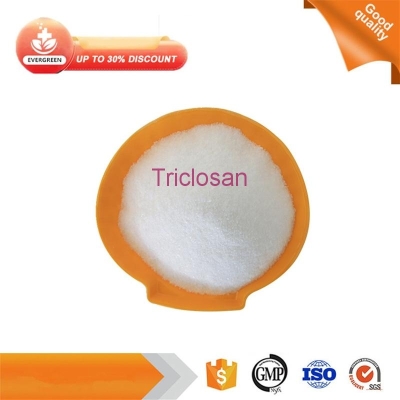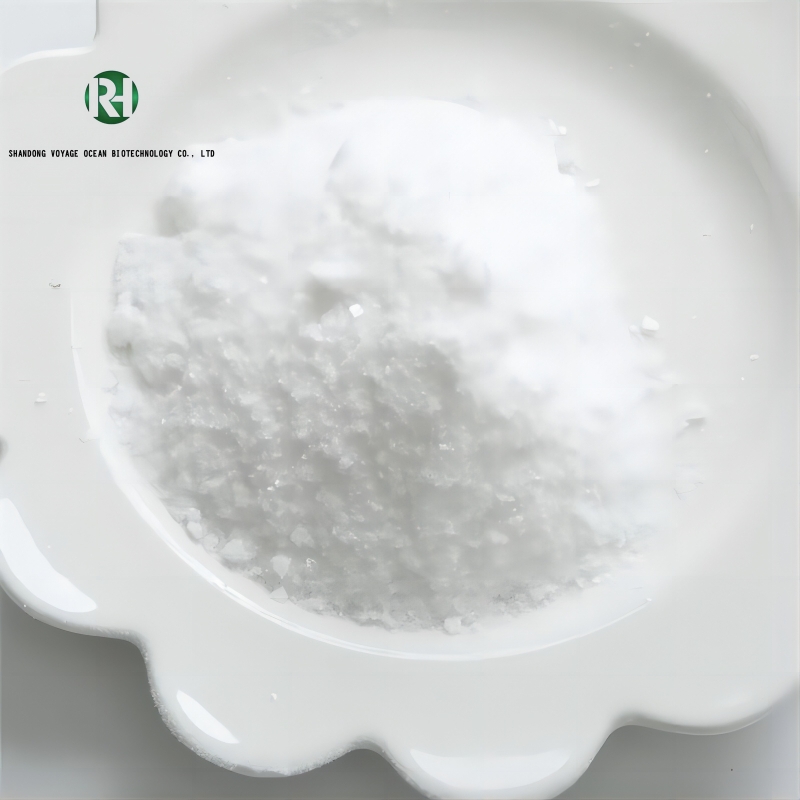The trend of bio similar drugs in 2018
-
Last Update: 2018-01-24
-
Source: Internet
-
Author: User
Search more information of high quality chemicals, good prices and reliable suppliers, visit
www.echemi.com
[market analysis of chinapharma.com] for biologicals, CFDA defines them as therapeutic biological products that are similar to the approved reference drugs in terms of quality, safety and effectiveness The quality, safety and effectiveness show that biological analogues are not generic drugs They need to have the same R & D process with the original research drugs, and have quite high access threshold According to the report on the current situation and future development trend of China's bio similar drug market in 2017 released by China industry research network, due to the high threshold of access, the market competitiveness of bio similar drugs after listing can be maintained, and the price of bio similar drugs generally only drops by 10% - 30% In the later stage, with the successive listing of several similar biological drugs of the same kind, market competition will cause the price to continue to drop, but usually it will drop by about 50% So, what new trends should companies focus on in 2018? What impact will this have on the development of the industry? " In 2018, the Centers for Medicare and Medicaid Services (CMS) will implement the new biosimilar drug coding and reimbursement policy in part B of Medicare, which will further encourage manufacturers to develop more competitive biosimilar drug products By 2019, CMS will finalize a proposed provision to reduce the payment of bio similar drugs to low-income participants in Medicare D In addition, Congress may pass legislation to help balance the competitive effectiveness of Part D, requiring bioequivalent drugs to provide participants with a 50% discount on the coverage as the original research biological products do Gap), i.e reduce the cost of prescription drug reimbursement program by 50%, so as to reduce the government's cost share, improve the participation opportunities of the insured, and save the federal government about 1 billion dollars in 10 years - Brian Lehman, strategic consultant of Humana pharmaceutical professional affairs, extended link: Medicare Part D plan is a prescription drug reimbursement plan purchased by the U.S government from a private insurance company, and an outpatient prescription drug reimbursement plan voluntarily selected by the insured If a drug is a treatment for a disease, it is usually covered by Part D plan Part D plan has established a "doughnut hole" drug reimbursement model, i.e there is an insurance coverage gap [1] In 2018, Part D plan stipulates that after the drug cost reaches the starting line of $405, the insured will enter the initial reimbursement coverage section, and the patients will pay 25% of the drug cost by themselves; when the total drug cost is between $2700 and $7508.75, the insured will enter the gap coverage section, and the patients will pay all the drug cost by themselves; when the drug cost exceeds $7508.75, the insured will enter the Catastrophic Coverage section Coverage), since then, patients have only to pay 5% of their own medicine costs Different insurance companies' Part D plan participants will pay different premiums, starting lines and out of pocket ratios [2] Companies still need to address the uncertainty and fear of public use of biologicals In the United States, most people don't know about biosimilar drugs, and the public is skeptical about these unknown drugs The way for enterprises to solve this problem is to lay the foundation for the introduction of bio similar drugs Simply stating that the product is available and expecting the doctor to prescribe it to the patient is not enough - Hillel Cohen, executive director of Sandoz's Department of Scientific Affairs, should pay attention to the approval of bioequivalent drugs in secondary markets, including the regional markets in Latin America, Asia, the Middle East and North Africa (MENA) So far, no multinational enterprise has developed these new markets in depth The drugs produced by enterprises in the above regions are gradually approved by Europe and North America, thus promoting the price competitive bio similar drugs to enter the world market Looking forward, this trend will encourage companies to focus on low-cost, high-quality production business to meet market demand and regulatory requirements - Don Stewart, executive director of plantform, needs to pay attention to the new trend of bio similar drugs, including the rules of the new CMS hospital outpatient prospect payment system rule, and the rules of how the bio similar drugs in part B are reimbursed under the 340B terms In the United States, the issue of intellectual property rights remains a challenge, and ongoing litigation among enterprises remains a key topic, as it can set a precedent for future litigation decisions and may affect market access strategies - sue naeyart, global head of prices, market access, government affairs and policies, and bioequivalent drugs at kabi swissbiosim, will continue to be an important and complex task to ensure the sustainable development of bioequivalent drugs In the pre IPO stage, enterprises will continue to seek more effective R & D and regulatory processes for bio similar drugs Europe has been introducing and using biological products for more than 35 years and approved more than 40 biological analogues, so it has rich scientific data resources, which can promote the further development of regulatory science (such as reducing the scale of confirmatory trials) In addition, the implementation of existing international standards can serve as a starting point to further enhance the consistency of global regulation In the post market phase, procurement models, pricing and reimbursement procedures need to be further developed to provide a broader and faster biotherapy and flexible supply chain - Mar é chal Jamil, European director of policy and science on drugs and bioequivalent drugs, we expect that bioequivalent drugs will play an important role not only in the field of Rheumatology, but also in the field of oncology It can be combined with expensive new drugs to reduce the cost of treatment The industry not only needs to produce bio similar drugs, but also develop more effective bio modifiers and new drugs to increase the value of drugs In fact, these drugs are also moving in a more personalized direction For example, the introduction of anti drug antibodies, pharmacokinetic monitoring kits and subcutaneous preparations into the infliximab biological analogues of celltrion enterprises are typical examples for enterprises to distinguish their biological analogues from other biological analogues - houng Kim, head of strategy and operations, celltrion, former title: 2018 Outlook: the trend of bio similar drugs worthy of attention Author: Shenyao ifdpl
This article is an English version of an article which is originally in the Chinese language on echemi.com and is provided for information purposes only.
This website makes no representation or warranty of any kind, either expressed or implied, as to the accuracy, completeness ownership or reliability of
the article or any translations thereof. If you have any concerns or complaints relating to the article, please send an email, providing a detailed
description of the concern or complaint, to
service@echemi.com. A staff member will contact you within 5 working days. Once verified, infringing content
will be removed immediately.







